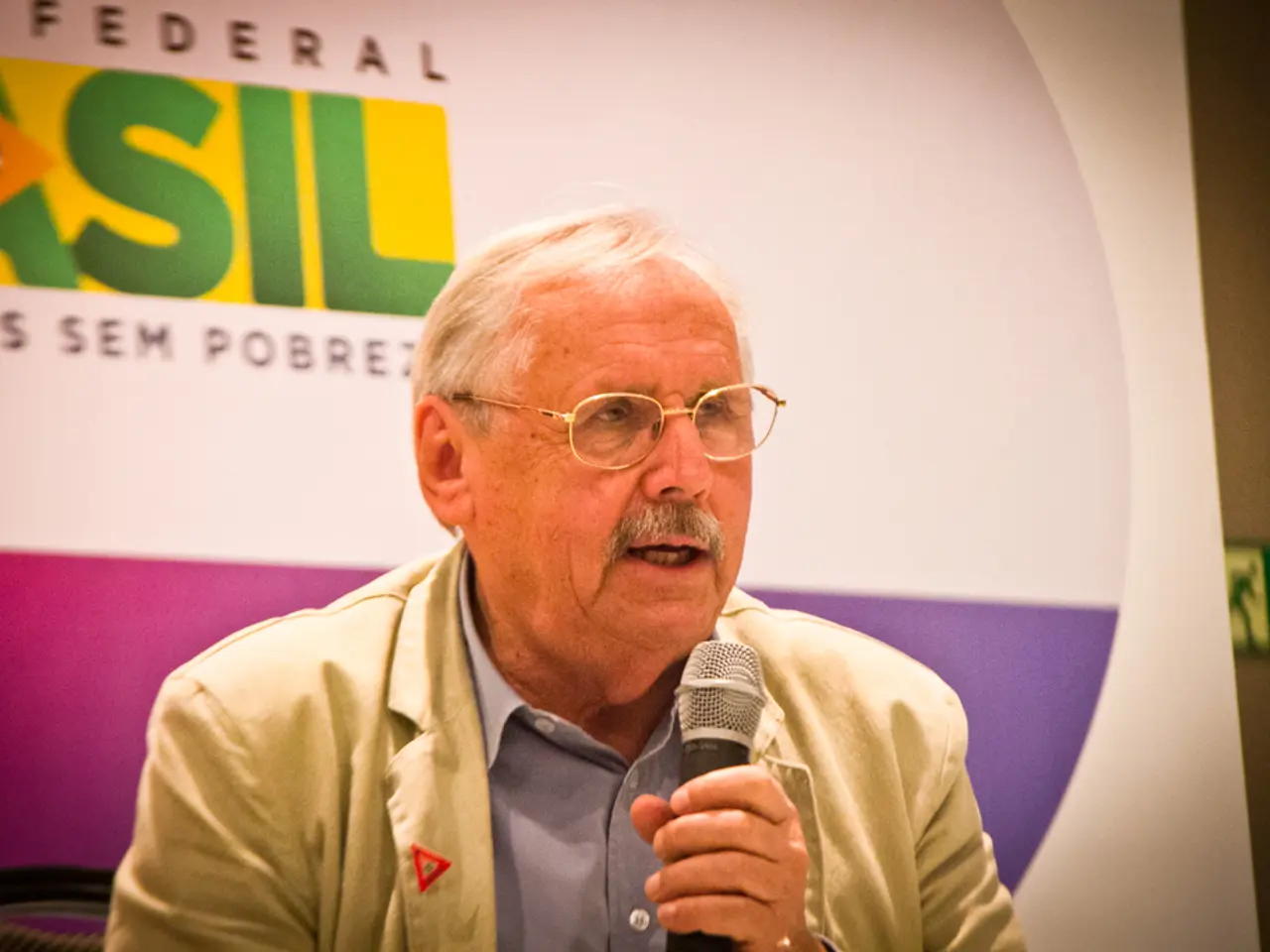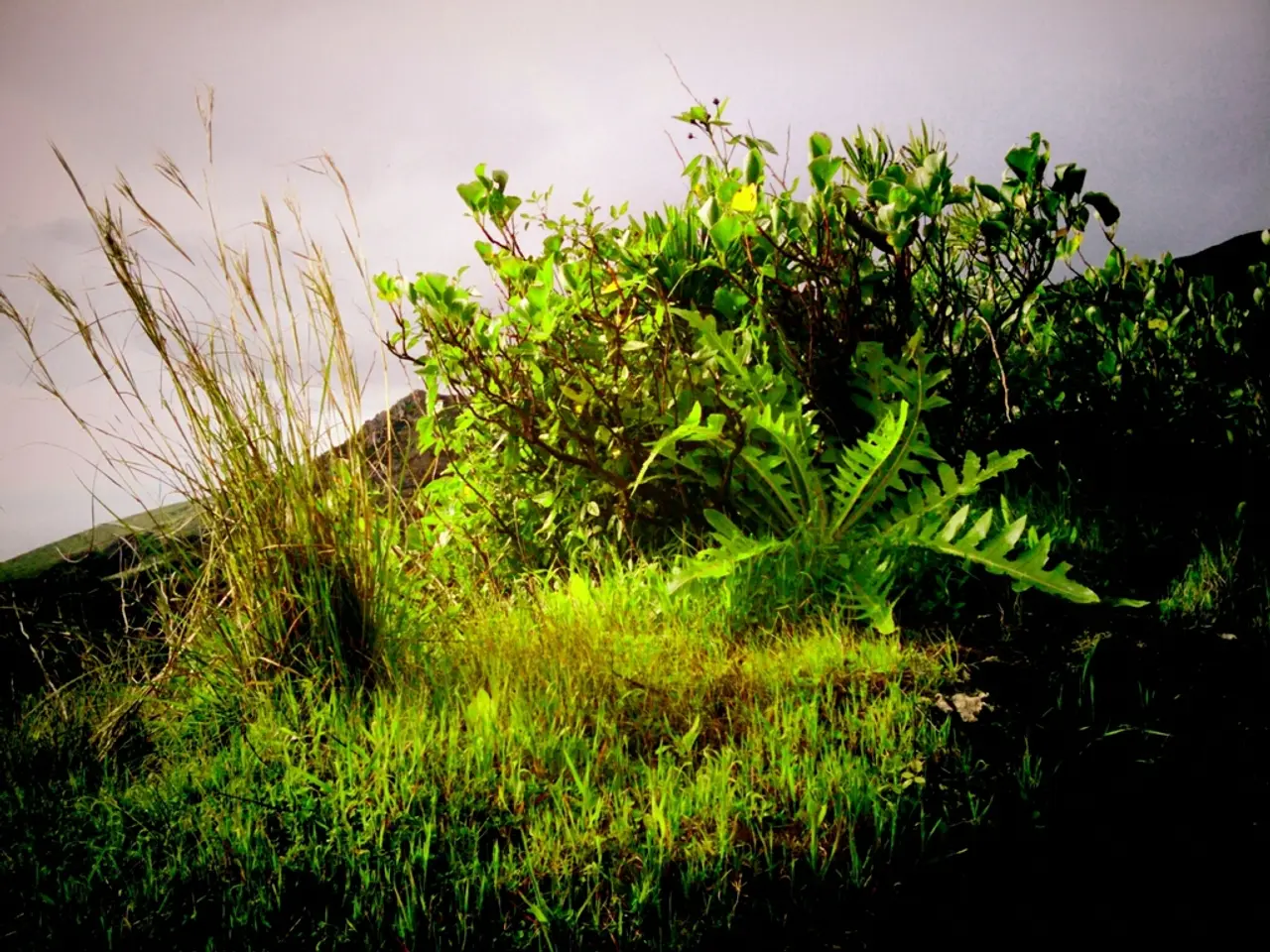Syrian regionhints at the presence of an unofficial power source
The Syrian conflict, marked by a pendulum of power between opposing forces, has taken an unexpected turn as various rebel groups have seized control of a majority of the land previously held by the Assad regime. This dramatic shift, achieved through coordinated multi-front offensives, has left the Assadist regime in disarray, with President Bashar al-Assad fleeing to Moscow.
In late 2024, key rebel forces, including Hayat Tahrir al-Sham (HTS), the Syrian National Army (SNA), the Free Syrian Army (FSA), and the Syrian Democratic Forces (SDF), launched simultaneous attacks that captured strategic cities such as Aleppo, Daraa, Suwayda, Hama, Palmyra, and Deir ez-Zor. The fall of major government strongholds, including Damascus and Homs, effectively marked a collapse of the regime's control over much of Syria.
Following these victories, a Syrian Interim Government had been established previously by rebels, and by early 2025, a new government emerged with efforts toward consolidating control and integrating militia groups into formal state institutions. Former HTS leader Ahmed al-Sharaa was appointed president, signaling a political transition involving the revolutionary factions. This integration process culminated by March 2025, aiming at stabilizing governance after years of conflict.
The future of Syria depends largely on how the new revolutionary-led government manages integration, governance, and regional challenges. Potential outcomes include a new political order led by former rebel factions, stabilization under the new government, geopolitical ramifications with Israel, the role of former rebel Islamist factions in domestic policies and international relations, and the dissolution of fragmented militias into state forces.
Meanwhile, the Israeli army is conducting operations in the Quneitra region, potentially complicating security dynamics in the region. Political instability in Syria may work against religious freedom, while the US has 900 military personnel in Syria to guarantee stability in the east, potentially preventing an immediate Islamic government from being established.
Among the rebels reaching Damascus, there is a mix of groups, including Hayat Tahrir al-Sham, a group considered a terrorist organization by the US, UK, and others due to its former links to al-Qaeda. The Orthodox Church of Antioch, one of the oldest Christian denominations in the Middle East, has a long historical tradition in Syria.
The situation in Syria allows for many possible scenarios, and human rights may continue to be subjected to geostrategic interests. Prime Minister Mohammad Ghazi al-Khalali has pledged to stay in Syria and support a transition process, while Turkish President Recep Tayyip Erdogan is expected to reclaim territory controlled by Ankara-backed rebel groups in Syria.
This end to the thirteen-year Syrian civil war is surprising international media and analysts, who now watch with bated breath as the future of Syria unfolds.
- The dramatic turn in the Syrian conflict, with rebels seizing control of a majority of the land, has brought war-and-conflicts and politics to the forefront of general news.
- The integration process of former rebel factions into the new Syrian Interim Government, led by Ahmed al-Sharaa, is a significant development that influences not only Syria's domestic politics but also its international relations and regional political news.







